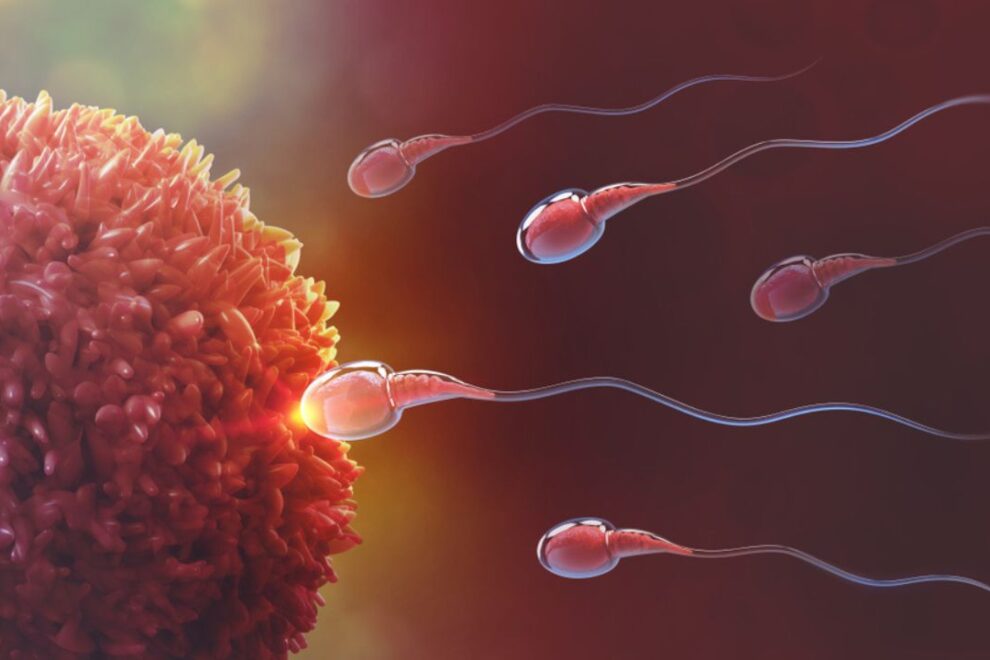Peritoneal Oocyte and Sperm Transfer in India: A Comprehensive Guide
Peritoneal Ovum (or Oocyte) Sperm Transfer, often referred to as POST, is a fertility treatment method carried out by doctors in clinical settings. The method is used for women as an alternative to in vitro fertilization.
In this method, sperm and eggs are directly placed into the peritoneal cavity near the fallopian tubes, under ultrasound guidance, immediately after transvaginal ultrasound guided egg collection has been performed.


Free Doctor Opinion
We mostly use it nowadays as a back-up treatment for superovulation and IUI. This is because with superovulation and IUI, some women develop too many follicles, so that the risk of high order multiple pregnancy becomes unacceptable if IUI were to be performed. In these cases, the choice is between abandoning the cycle, or conversion to a procedure like IVF or ICSI Treatment or POST.
Gamete Intra-fallopian transfer (GIFT) Treatment in india
A gamete is a mature male or female reproductive cell. At the time of sex cell formation, the two factors that exist for each heredity characteristic separate equally into two gametes. Each gamete then contains a single heredity factor for each characteristic. The gametes exist within the ovum (egg) and the sperm.
For reproduction to occur, the female ovum (egg) must be fertilized by the male sperm. When the sperm and ovum are brought together by means of a medical procedure, the ovum that is used is not fully developed. It is called an oocyte.
Gamete intrafallopian transfer is a variation of in vitro fertilization (IVF). In IVF, oocytes and sperm are gathered and united in a petri (lab) dish. It is in this piece of laboratory glassware that fertilization takes place. In GIFT, oocytes and sperm are gathered and initially prepared as in IVF. However, instead of being united in a petri dish, they are placed in the fallopian tube (one of two ducts that connect the uterus to the area of each of the ovaries) of the foster mother where fertilization will occur.
Blastocyst Care Treatment in india
Recent advances in blastocyst culture and transfer have resulted in improved IVF pregnancy rates and reduced multiple pregnancy rates. Traditionally, embryos are transferred to the uterus on day three (called Day 3 transfer) after fertilization and it is not uncommon to transfer three or four embryos. However, it is now possible to grow embryos in the laboratory to the blastocyst stage of development, which occurs on day five after fertilization when the embryo has 50-200 cells. Typically, the strongest, healthiest embryos make it to blastocyst stage as they have survived key growth and division processes and have a better chance of implanting once transferred.
The blastocyst culture and day 5 embryo transfer procedure for in vitro fertilization facilitates selection of the best quality embryos for transfer to the uterus of the mother. The concept of embryo quality is a very important one for couples experiencing infertility. With blastocyst embryo transfer, we can transfer fewer embryos – reducing risks for multiple pregnancy – while keeping overall pregnancy rates high.
Cryopreservation : –
Cryopreservation is based on the ability of certain small molecules to enter cells and prevent dehydration and formation of intracellular ice crystals, which can cause cell death and destruction of cell organelles during the freezing process. Two common cryoprotective agents are dimethyl sulfoxide (DMSO) and glycerol. Glycerol is used primarily for cryoprotection of red blood cells, and DMSO is used for protection of most other cells and tissues. A sugar called trehalose, which occurs in organisms capable of surviving extreme dehydration, is used for freeze-drying methods of cryopreservation. Trehalose stabilizes cell membranes
Cryoprotectants are useful because they : –
- Lower the freezing point and may prevent intracellular ice formation.
- May protect cells by interacting with membranes as they change from a pliable to a rigid state.
Wish to know our Cosmetic Surgery skills, send us your message – click here
Or email at [email protected] / Call +91 9029304141
Read Also :-
- Stenting for GI Tract Surgery: A Minimally Invasive Solution in Digestive Health
- Surrogacy Agency in India: Professional Guidance for Your Parenthood Journey
- Sigmoidoscopy Surgery in India: Early Detection and Affordable Care for Colon Health
- Advanced Spondylosis Surgery in India: Procedures, Costs & Leading Hospitals
- Stenting for GI Tract Surgery: A Minimally Invasive Solution in Digestive Health
- Sigmoid Colectomy in India: Advanced and Affordable Colon Surgery
Committed To Build Positive, Safe, Patient Focused Care.
High Quality
Care
Home Review
Medicine
All Advanced
Equipment
Book An Appointment

At We Care India, we offer complete medical services for your entire family, from routine check-ups to injury care, ensuring personalized attention and expert assistance for all your health needs.


